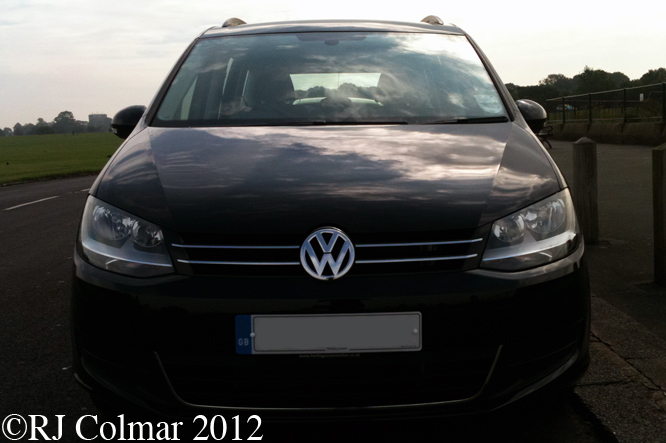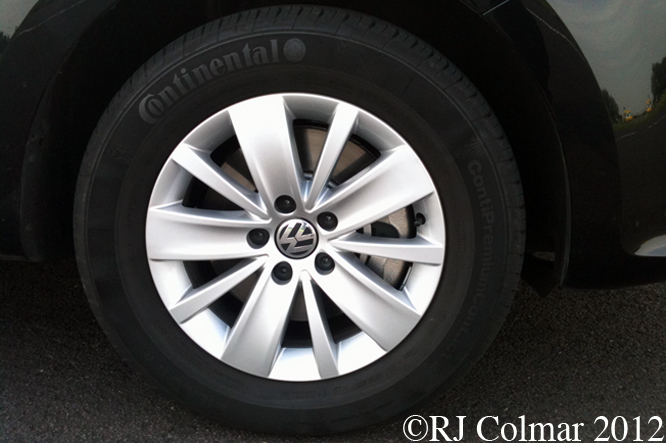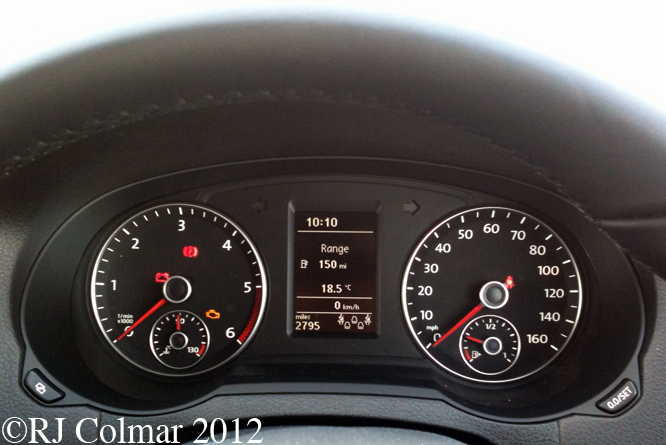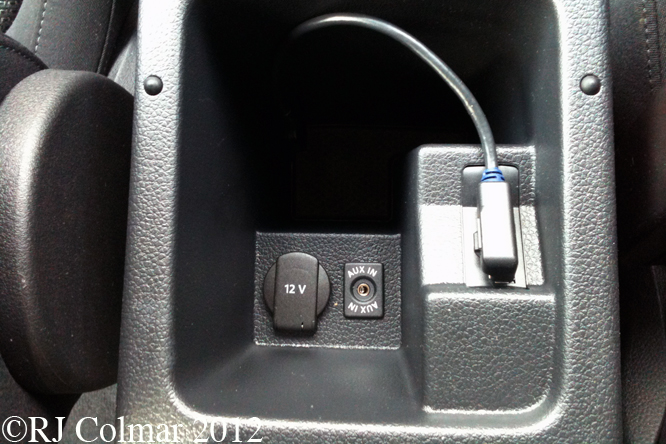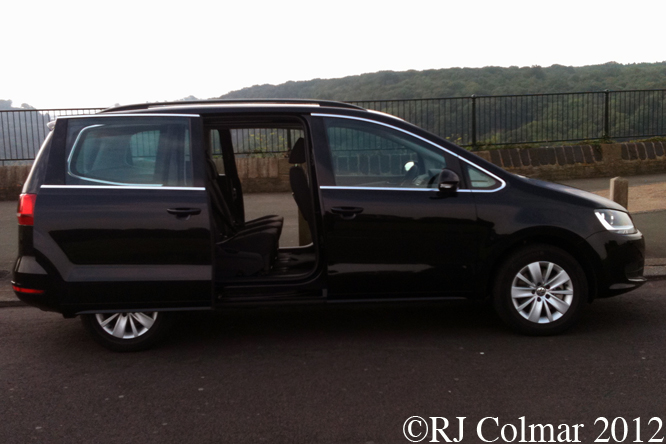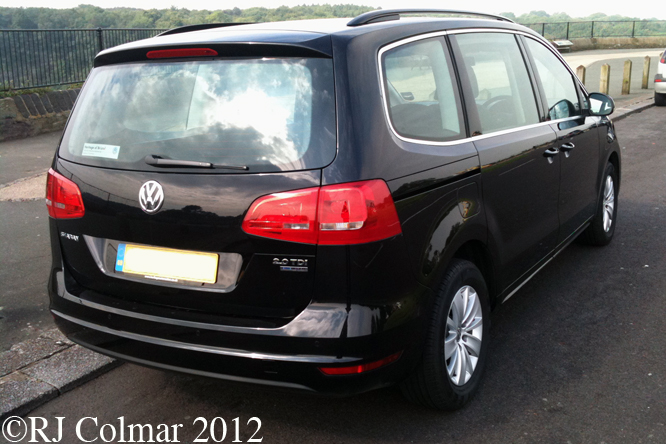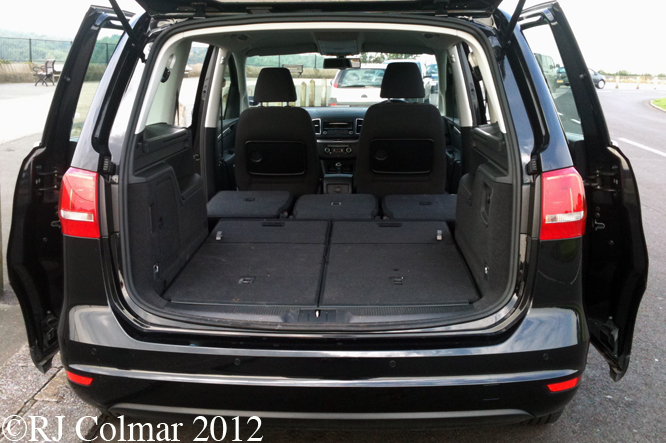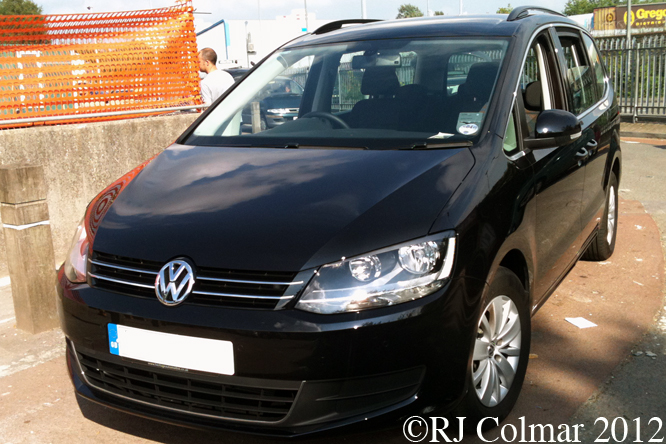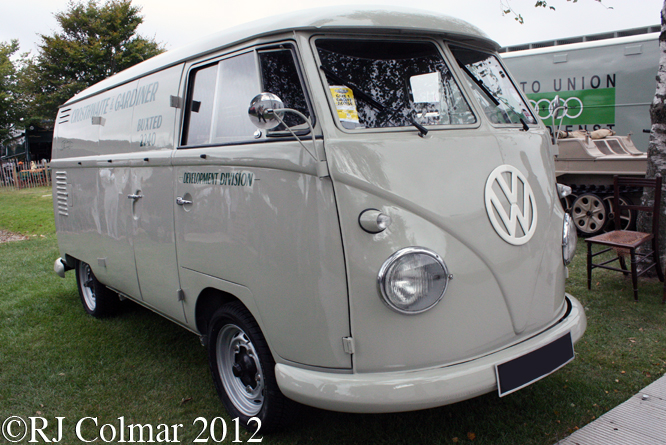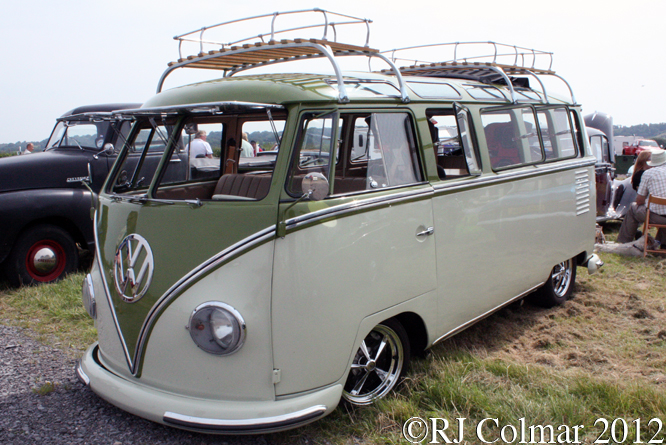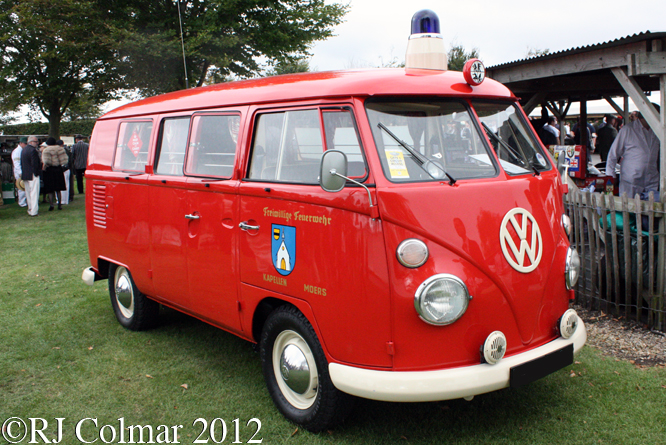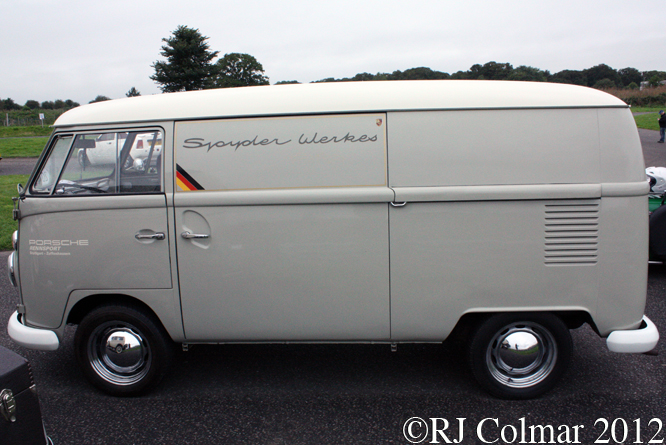A couple of months ago I took the land ladies Volkswagen Passat to Heritage Volkswagen of Bristol for an injector recall and was given a loan car for the duration of the repairs.
Much to my amusement the car I was loaned was the Service Managers Sharan, I was expecting a Golf, Polo or even an UP!, but no my Service Advisor pulled up in this huge vehicle which despite it’s gothic shade put a huge smile upon my face.
I was only in the Sharan for about 2 seconds before Arlo Guthries magnus opus on the hazards of being a litter bug in Stockbridge, Massachusetts entered my head, in the form of an ear worm which remained for much of the rest of the day, that reminded me that this Sharan is the 2012 successor to some of the more refined VW Type 2 / Transporter micro buses of yore, which these days are referred to as MPV’s.
Rather than head straight home to resume blogging I decided to go with the flow of my lightened mind and ended up making a twenty mile detour around Bristol up the M32, West along the M4, south along the M5 and back to Bristol along a circuitous route made of windy lanes I found out about during a navigation exercise.
I had an OMG moment when I realised just how much I was enjoying myself in an MPV ! Sure it was not performance motoring but it was a simple joy rolling along the back roads in this huge vehicle, never mind it had enough options and features you could probably run a successful military campaign from the 5 seats in the back with all the power points and connectivity features provided.
Anyone who has run an old Type 2 or Transporter has probably at some time come across troublesome sliding doors closing which after 20 years had issues with the lock on the rear of the door failing to catch when a 2 cent clip came adrift of the door frame, not a worry on this Sharan the sliders shut with a reassuring “job done” clunk click.
The Sharan name is a derivative of a Persian word meaning Carrier of Kings which I guess puts the paintwork in a slightly different light.
For those not familiar with “Alice’s Restaurant” its the name of a song “not the restaurant” about how Arlo Guthrie and his friends thought it would be a friendly gesture to clear out Alices dwelling, an old church house, by loading up half a ton of garbage with shovels and rakes and “implements of destruction” into a red VW microbus and taking it down to the city dump. Unfortunately the dump was closed for Thanksgiving which is how Arlo became a litter bug but your best off finding out all about this case of blind American justice on this link.
Unfortunately shovels and rakes and implements of destruction do not come included with the Sharan but you can easily fit half a ‘short’ ton of garbage in the back. I didn’t have any garbage to take to the city dump which happened to be on the way back to Heritage Volkswagen of Bristol so I thought it would be a friendly gesture to ask my neighbors if they had anything that needed taking away and sure enough they produced a couple of bags of rubble and large pieces of wood which I happily dropped off on the way when I took the Sharan back. Fortunately the dump was not closed for Thanksgiving so I will not be getting arrested for littering.
Wishing all my friends in North America a Happy Thanksgiving.
Thanks for joining me on this “Implements Of Destruction Not Included” edition of “Gettin’ a li’l psycho on tyres”, I hope you will join me again tomorrow. Don’t forget to come back now !

